Introduction:
Jaguar, the iconic British car manufacturer, has long been a symbol of elegance, power, and innovative design in the automotive world. But in an era where technology, sustainability, and the competitive landscape of the automotive industry are evolving at an unprecedented pace, the question arises: is Jaguar still the pinnacle of British luxury and performance, or has it become just another name in a crowded marketplace?
Founded in 1922 as the Swallow Sidecar Company, Jaguar has undergone numerous transformations, both in terms of ownership and design philosophy. Over the decades, Jaguar has consistently produced cars that not only meet the demands of the luxury market but also satisfy the needs of driving enthusiasts seeking power, precision, and prestige.
This article explores Jaguar’s storied history, its place in the modern automotive world, and how it continues to evolve as it navigates the challenges of the 21st century. From its classic models to its electric future, Jaguar’s journey is as remarkable as the cars it has produced.
1. The History and Legacy of Jaguar:
Jaguar’s history is rich with milestones that have helped shape the landscape of luxury automobiles.
The Early Years: The Birth of a British Icon
Jaguar was founded in 1922 by William Lyons and his business partner, William Walmsley, as the Swallow Sidecar Company in Coventry, England. Initially, the company manufactured motorcycle sidecars but soon expanded into automobile bodies. In 1935, they introduced their first car, the SS Jaguar 2.5-litre sports saloon, marking the beginning of the brand’s association with luxury performance cars.
The iconic Jaguar name first appeared in 1945, when the company rebranded from SS Cars Limited to Jaguar Cars. This shift was essential, particularly because the SS brand was closely associated with the Nazi regime during World War II. The change to Jaguar allowed the brand to move forward with a fresh image while maintaining its focus on luxury and performance.
Post-War Innovation and Triumph:
Post-WWII, Jaguar experienced a rapid rise to fame with groundbreaking cars like the Jaguar XK120, launched in 1948. The XK120 was a milestone for Jaguar, setting the tone for future sports cars with its combination of speed, sleek design, and affordability compared to its European competitors. This car, along with the subsequent XK140 and XK150, was a significant factor in establishing Jaguar’s reputation in motorsport and in the luxury automotive sector.
Jaguar also made a name for itself in racing, notably at Le Mans. The brand’s triumphs in endurance racing, especially its domination of the 24 Hours of Le Mans in the 1950s with the Jaguar D-Type, solidified its place in the annals of automotive history. The D-Type’s innovative aerodynamics, lightweight construction, and performance capabilities helped it achieve three consecutive wins at Le Mans, starting in 1955.
2. The Evolution of Jaguar Models: A Blend of Elegance and Power
Jaguar’s design philosophy has always balanced the need for performance with a commitment to luxury and refinement. Over the decades, the brand has produced some of the most beloved cars in automotive history, from elegant saloons to powerful grand tourers. Below are some of the key models that have defined the Jaguar legacy.
The Jaguar E-Type: A Timeless Masterpiece
One of the most iconic sports cars ever produced, the Jaguar E-Type (also known as the XKE in the United States) was unveiled in 1961. Enzo Ferrari himself famously described it as “the most beautiful car ever made.” The E-Type’s combination of cutting-edge technology, stunning design, and exceptional performance made it a standout model. It was powered by a 3.8-liter inline-six engine and featured innovative monocoque construction. The E-Type was an instant success and remains one of the most beloved Jaguar models to this day.
The Jaguar XJ: The Luxury Sedan for a New Era
In 1968, Jaguar launched the XJ, a luxury sedan that would become a hallmark of the brand’s commitment to refinement and performance. The XJ set new standards for luxury sedans, combining a timeless design with powerful engines and advanced technology. Throughout the years, the XJ would evolve into one of the most prestigious luxury sedans on the market, with successive generations emphasizing advanced features such as aluminum construction, air suspension, and refined interiors.
The Jaguar XK Series: A Grand Tourer with Performance
The Jaguar XK8, introduced in 1996, was the successor to the iconic XJ-S. As a luxury grand tourer, the XK8 carried forward Jaguar’s legacy of blending power and luxury. Its sleek lines and powerful V8 engine made it a favorite among enthusiasts. The XK series continued Jaguar’s tradition of producing sophisticated and powerful sports cars that appealed to both driving enthusiasts and those seeking high-end luxury.
3. Ownership Changes and Impact on Jaguar’s Identity
Throughout its history, Jaguar has undergone a series of ownership changes that have had a significant impact on its identity and direction.
The British Leyland Era: The Struggles of the 1970s and 1980s
In the 1970s, Jaguar was absorbed into the British Leyland conglomerate, a period marked by financial struggles and quality issues. While Jaguar’s vehicles continued to be admired for their design, reliability problems and inconsistent build quality affected the brand’s reputation. However, despite these challenges, Jaguar managed to survive through the decade and made significant strides in the following years.
Ford Ownership: A New Chapter and Increased Investment
In 1989, Jaguar was sold to Ford, which helped revitalize the brand with a new focus on innovation and design. During Ford’s ownership, Jaguar introduced the XJ220, a supercar that aimed to compete with the likes of Ferrari and Lamborghini. The XJ220, powered by a twin-turbo V6 engine, was the fastest production car in the world at the time. However, production delays and a shift away from the supercar market meant that the XJ220 didn’t achieve the commercial success its designers had hoped for.
Ford also played a key role in expanding Jaguar’s model range, launching new sedans like the S-Type and X-Type, which helped re-establish the brand in the luxury car market. These cars were designed to compete with German marques like BMW and Mercedes-Benz, and they introduced Jaguar’s signature design cues to a new generation of buyers.
Tata Motors and the Challenges of Modernization
In 2008, Tata Motors, an Indian multinational automotive manufacturing company, acquired Jaguar Land Rover (JLR), which included both Jaguar and Land Rover brands. Tata’s acquisition of JLR marked a significant shift in the direction of the company. With a renewed focus on global markets, Tata invested heavily in research and development to modernize Jaguar’s lineup. The company introduced the Jaguar F-Type, a high-performance sports car that revived the brand’s performance credentials, as well as the XE and XF sedans, both of which embraced modern design and technology.
Under Tata’s ownership, Jaguar also began exploring new technologies and sustainability, setting its sights on an electric future. The move to electrify its range, particularly with the launch of the I-PACE electric SUV, was seen as a bold step toward a greener future.
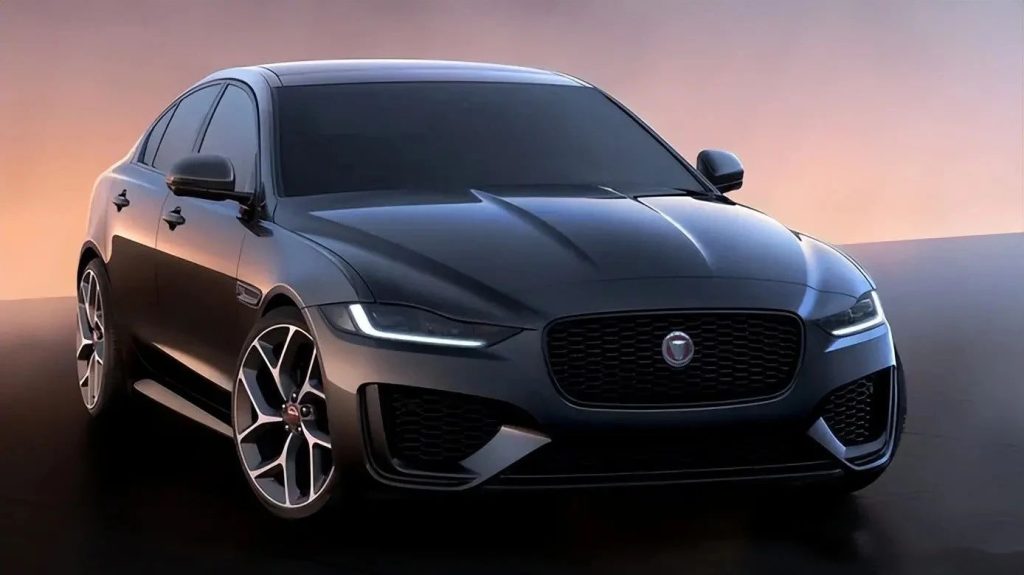
4. Jaguar’s Role in the Modern Automotive Industry
In the 21st century, Jaguar faces challenges that go beyond just performance and luxury. With global concerns about climate change and growing competition from both traditional and new manufacturers, Jaguar’s identity is evolving.
Jaguar’s Electric Future: The I-PACE and Beyond
In recent years, Jaguar has made strides in the electric vehicle market with the introduction of the I-PACE, an all-electric SUV that combines luxury with sustainability. The I-PACE was awarded the 2019 World Car of the Year and was praised for its performance, design, and innovative technology. It represents Jaguar’s commitment to electric mobility, and the brand has announced plans to become an all-electric luxury brand by 2025.
The Influence of Competition: BMW, Mercedes-Benz, and Tesla
The luxury automotive segment is more competitive than ever, with established players like BMW, Mercedes-Benz, and Audi offering a wide range of vehicles that compete directly with Jaguar’s offerings. Additionally, new entrants like Tesla have disrupted the market with electric vehicles that offer cutting-edge technology and performance. Jaguar’s ability to maintain its status as a leader in luxury and performance will depend on how effectively it can innovate and adapt to these changes.
5. The Road Ahead: What Does the Future Hold for Jaguar?
As Jaguar moves toward an all-electric future, the question remains: can it retain its iconic status while embracing new technologies? Will Jaguar continue to be the epitome of British luxury and performance, or will it struggle to differentiate itself in an increasingly crowded automotive market?
With new models on the horizon, including further electric vehicles and potentially even autonomous driving technologies, Jaguar’s future is still unfolding. Its ability to blend heritage with innovation will be key to maintaining its position as a leader in the luxury automotive industry.
Conclusion:
Jaguar’s journey from a small car manufacturer in post-war Britain to an iconic luxury brand is a testament to its ability to adapt to changing times while staying true to its roots. From the groundbreaking E-Type to the
electric I-PACE, Jaguar has always been at the forefront of automotive design and technology. As the company looks to the future, its challenge will be to maintain the balance between its rich heritage and the demands of a rapidly changing automotive landscape. Only time will tell if Jaguar can continue to be the pinnacle of British luxury and performance in an increasingly competitive world.



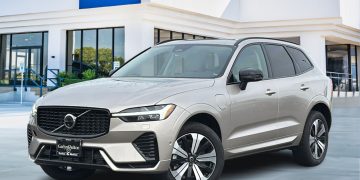
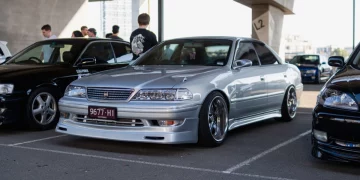

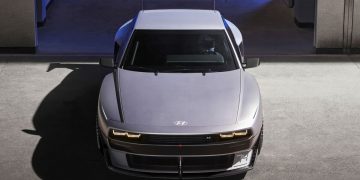
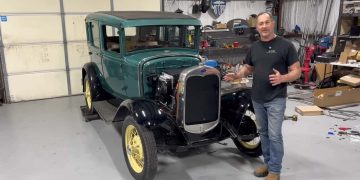



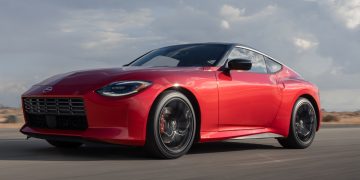


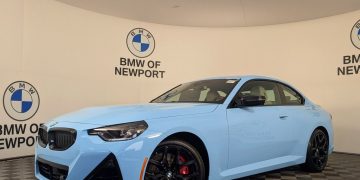
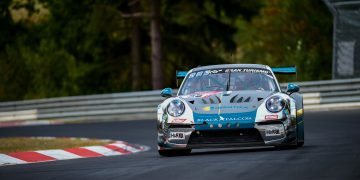




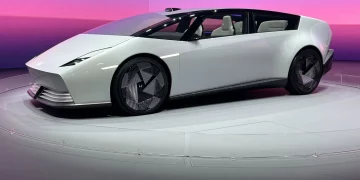













Discussion about this post